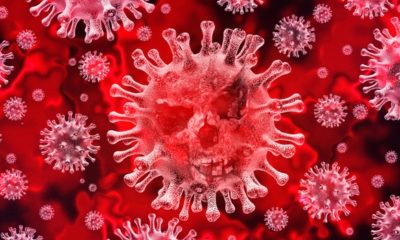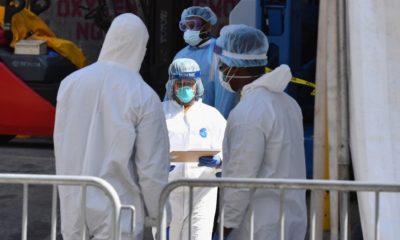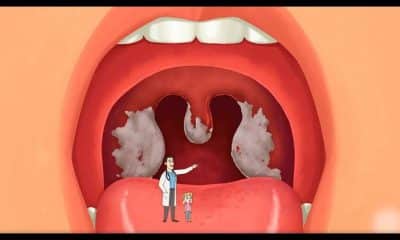Health
Coronavirus: New Research Suggests How To Kill It Easily

New research conducted in Singapore has revealed that coronavirus patients extensively contaminate their bedrooms and bathrooms, which makes it highly important to clean routinely high-touch surfaces, basins and toilet bowls.
However, the research also revealed that the virus can easily be killed by twice-a-day cleaning of surfaces and daily cleaning of floors with a commonly used disinfectant
This suggested that the current method of decontamination os enough so long people adhere to them.
The research was published in the Journal of the American Medical Association and comes after Chinese cases in which the pathogen spread extensively through hospitals, infecting dozens of health care workers and other patients.
Due to this, scientist believed that although the infection can be caught through coughing, environmental contamination was an important factor in the disease’s transmission, but its extent was unclear.
Researchers at Singapore’s National Center for Infectious Diseases and DSO National Laboratories looked at the cases of three patients who were held in isolation rooms between late January and early February. They collected samples from the rooms on five days over a two-week period.
They took samples from one of the patient’s room before routine cleaning, while the rooms of the other two were sampled after cleaning with disinfectant.
Another consideration was that Patient A, whose room was first sampled before cleaning, displayed the mildest symptoms out of the three, only experiencing a cough.
However, the other two had moderate symptoms: Both had coughing and fever, one experienced shortness of breath and the other was coughing up mucus.
Despite this disparity, the patient whose room was sampled before cleaning contaminated 13 of 15 room sites tested, including a chair, the bed rail, a glass window, the floor and light switches. Three of the five toilet sites were also contaminated, including the sink, door handle and toilet bowl; more evidence that stool can be a route of transmission.
The air samples taken tested negative, however, swabs taken from air exhaust outlets were positive, this suggested that the virus-laden droplets may be carried by air flows and deposited on vents.
The two rooms that were tested after cleaning had no positive results.
“Significant environmental contamination by patients with SARS-CoV-2 through respiratory droplets and fecal shedding suggests the environment as a potential medium of transmission and supports the need for strict adherence to environmental and hand hygiene,” the authors wrote. SARS-CoV-R is the official name of the pathogen.












